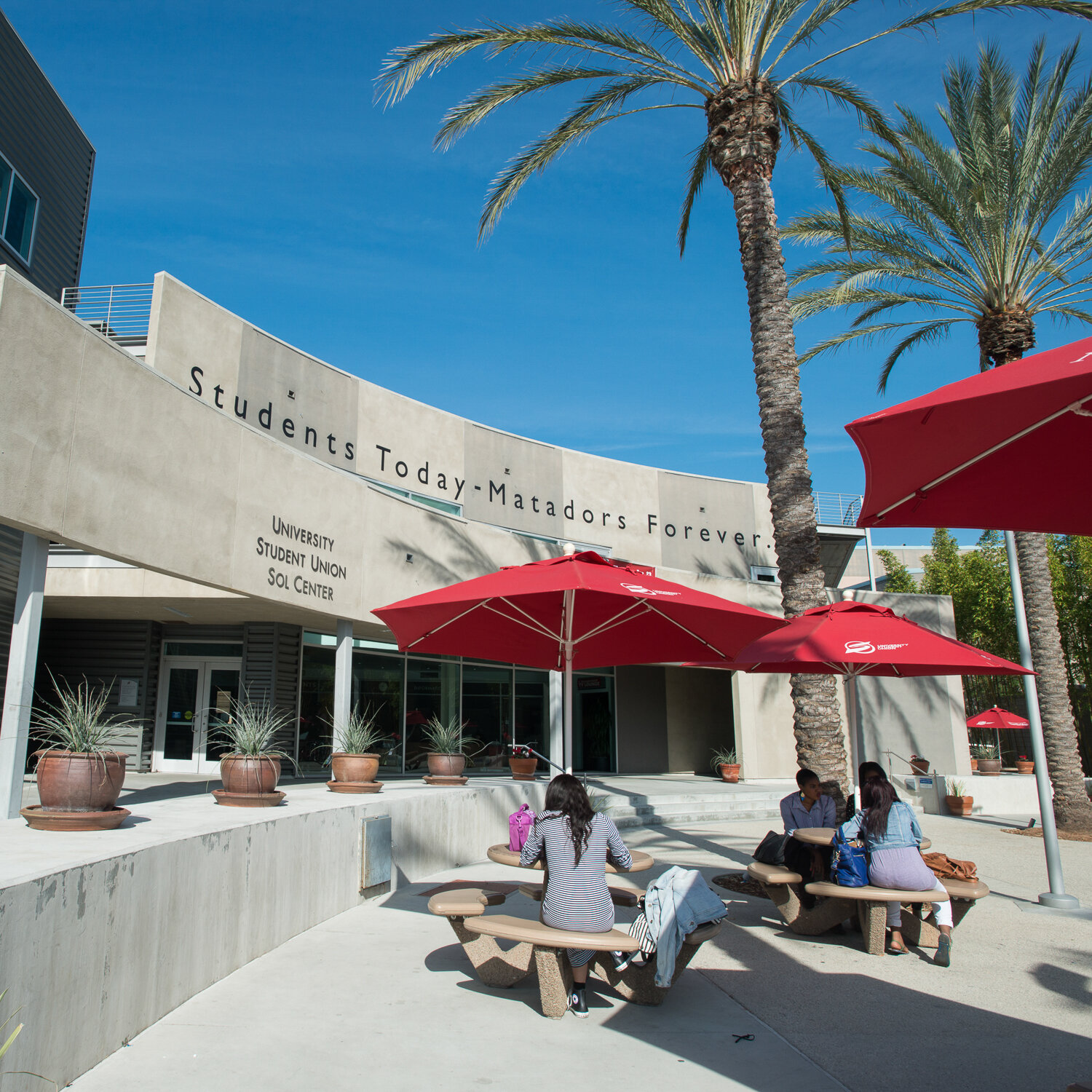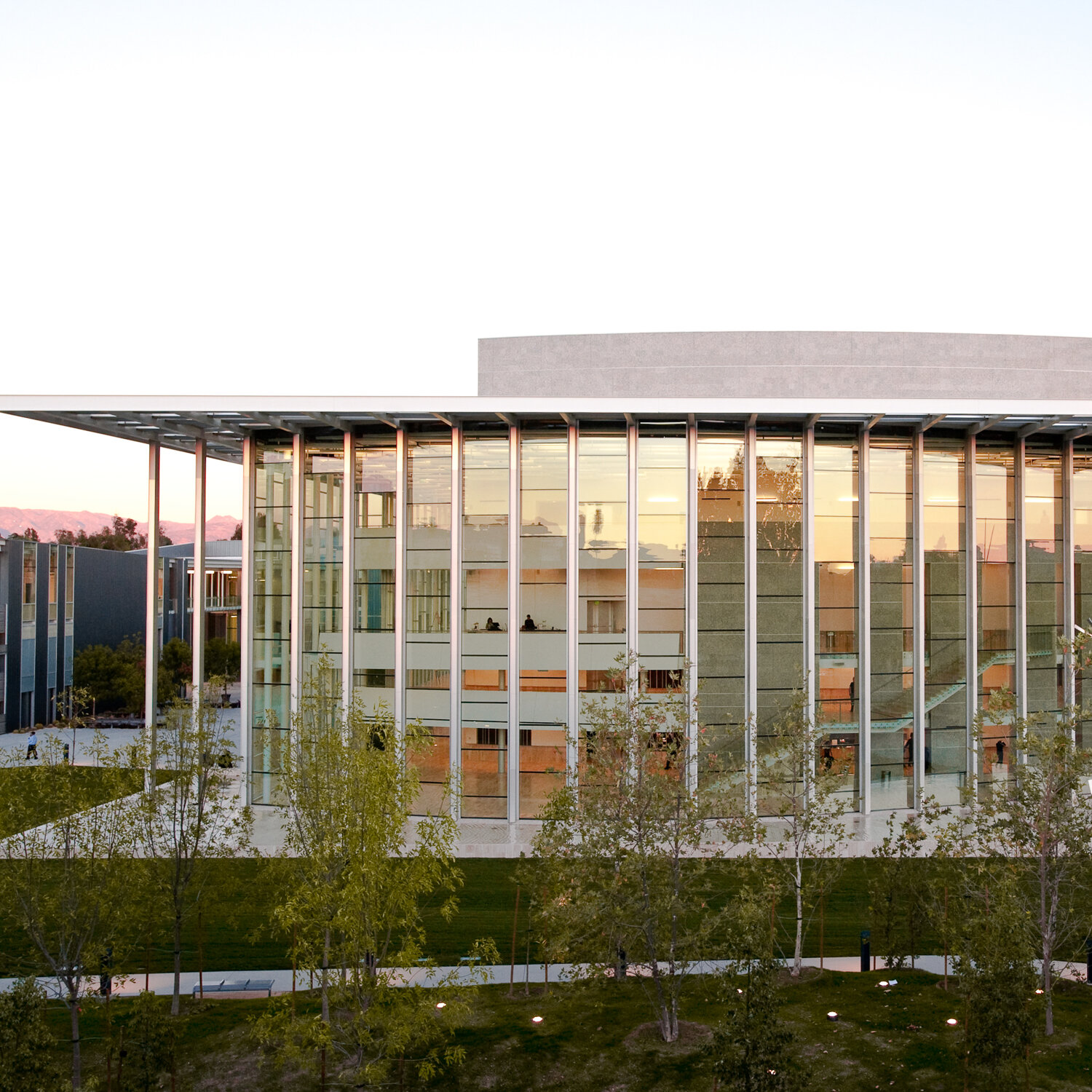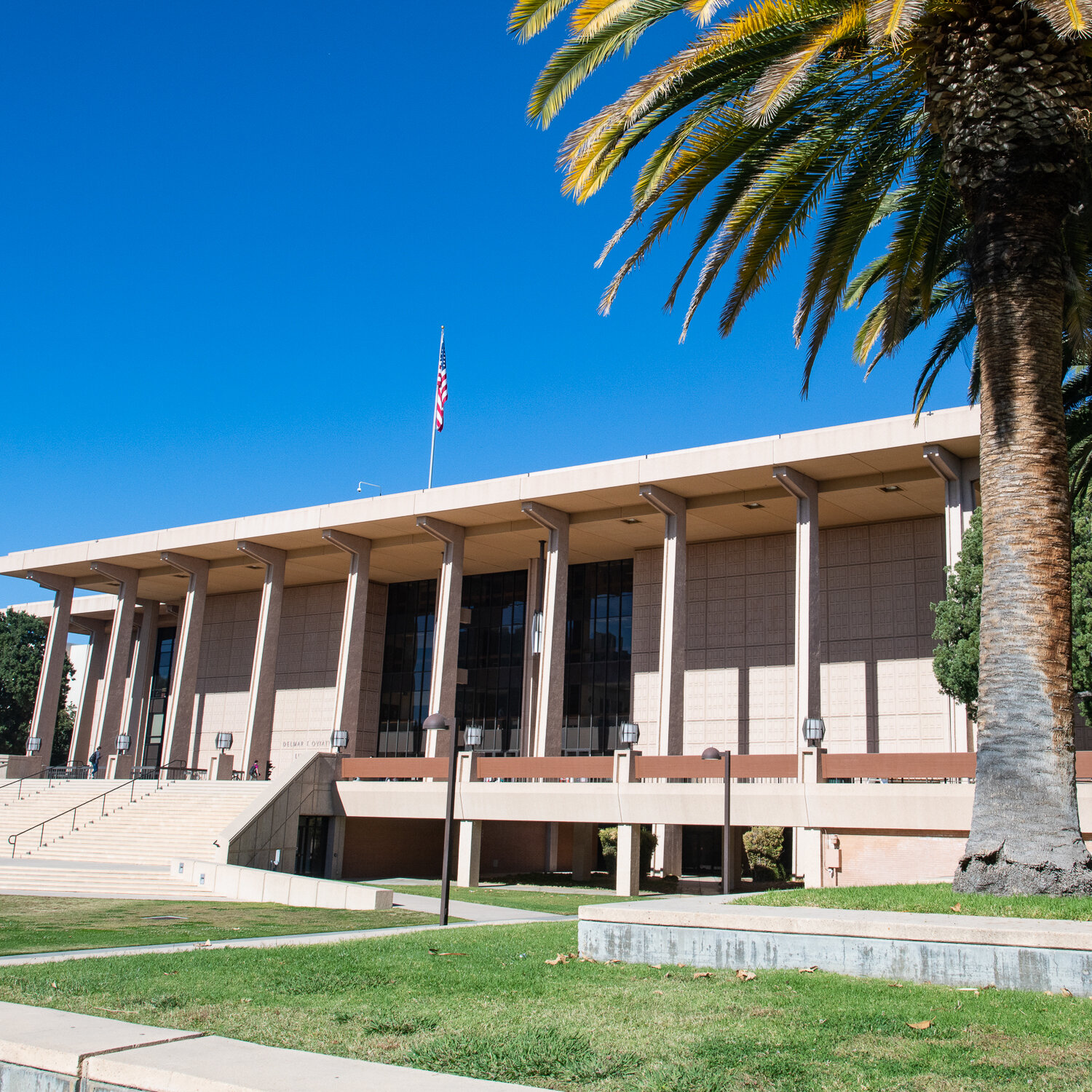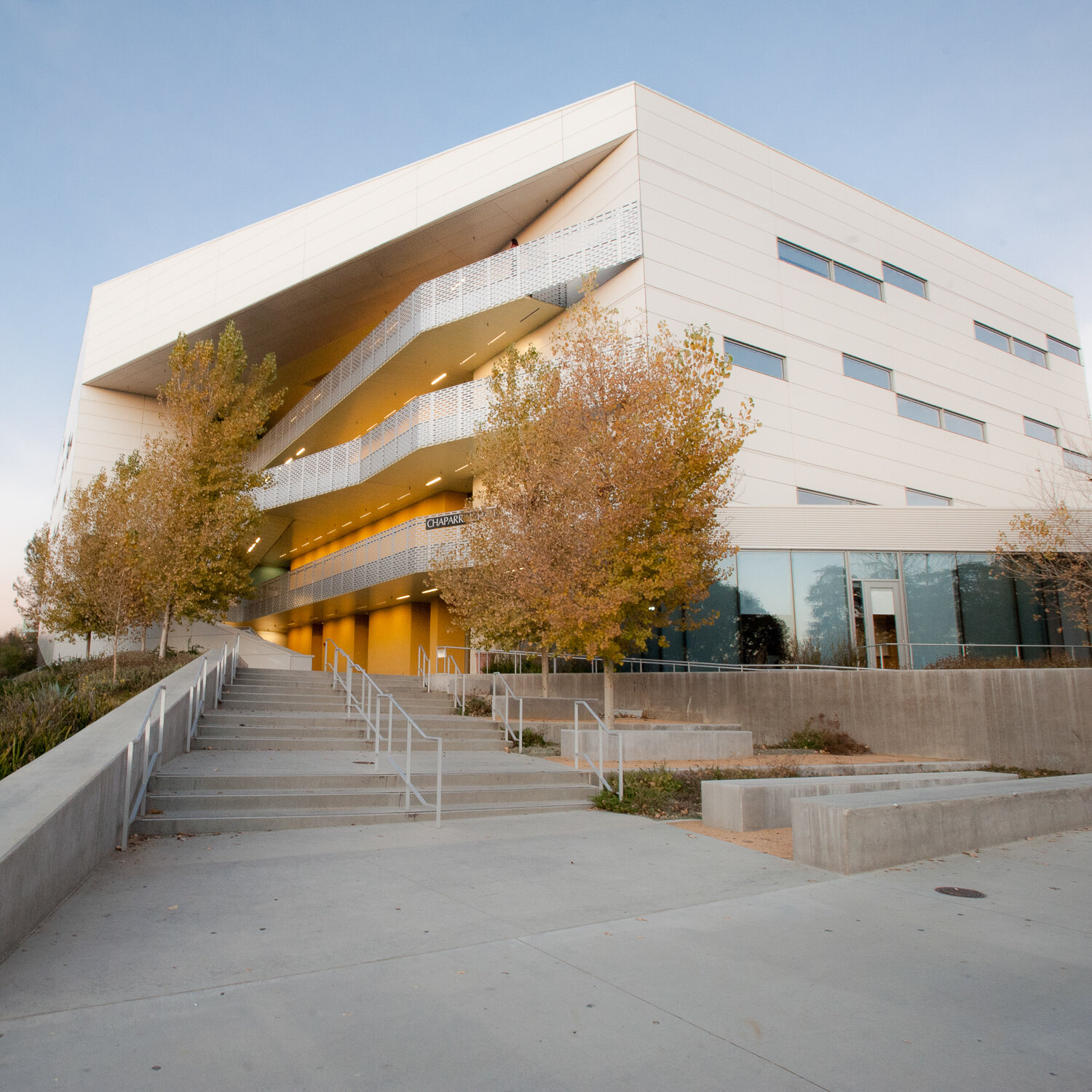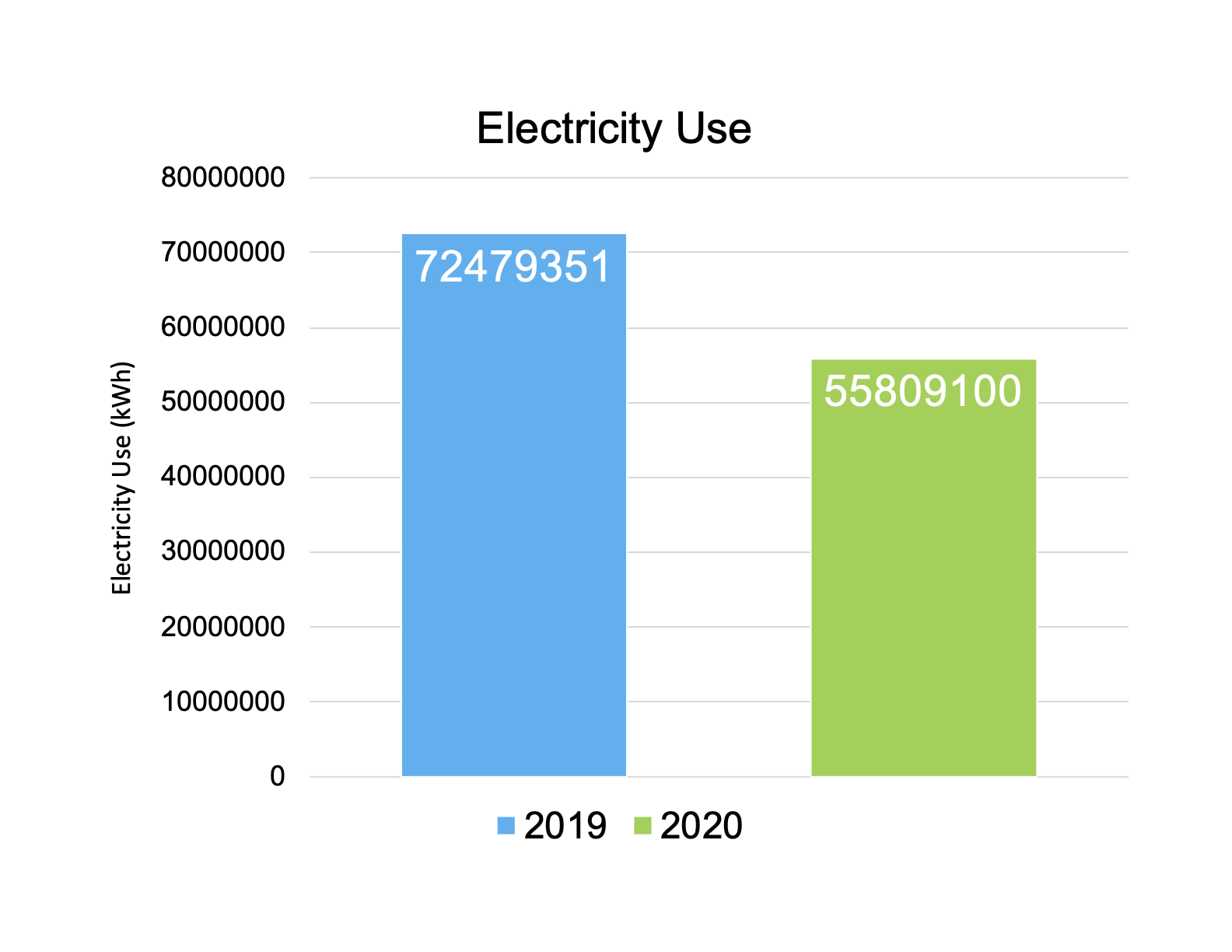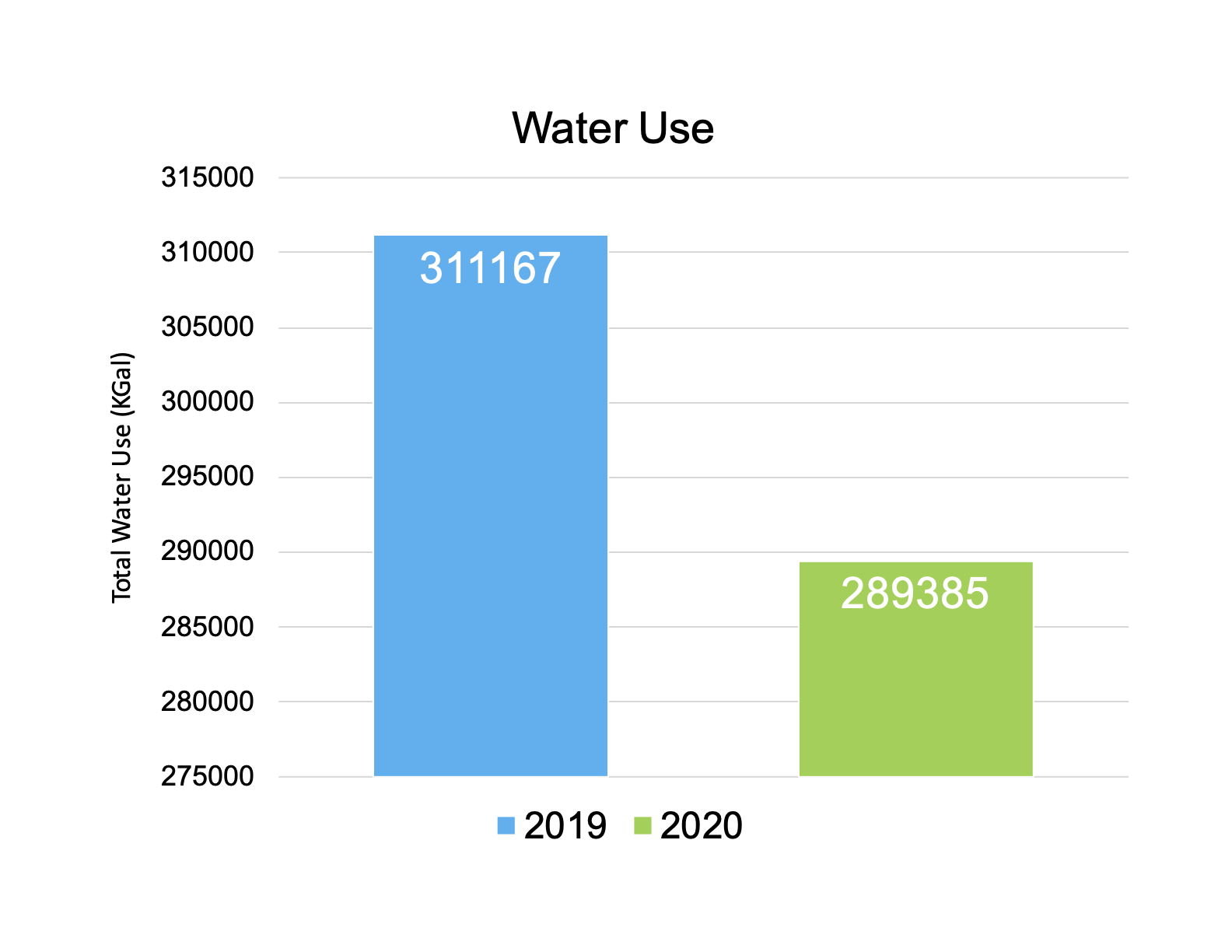CSUN Leverages Low Vacancy to Light Up Efficiency Efforts with Campus LED Upgrade Project to Boost Net-Zero Emissions Progress
19%
Electricity Reduction Since Ownership
18%
Water Reduction Since Ownership
2021 Innovation Awards: Industry Leadership (Public) Finalist
“While the onset of COVID initially looked bleak for our campus sustainability goals, we have taken this opportunity to complete one of our largest and most impactful projects: retrofitting nearly all buildings on campus with LEDs. Not only does this produce substantial utility savings and greenhouse gas reductions, but it will also provide a more productive environment for our students and staff.”
AUSTIN ERIKSSON
Director of Energy and Sustainability, California State University, Northridge
CHALLENGE
California State University, Northridge (CSUN) is one of 23 public universities in the California State University system and serves a diverse community of 38,310 students and 4,000 faculty and staff on a 356-acre campus. With an established commitment to investing in sustainability infrastructure, the school strives to create and maintain a culture of sustainable practices on campus while working to achieve ambitious long-term goals to reduce total (scopes 1, 2, and 3) greenhouse gas emissions 50% by 2035, and 100% by 2050, as outlined in its Climate Action Plan.
Energy and water conservation are at the forefront of these sustainability efforts, demonstrated through efficiency projects in the past several years that include central satellite plant retro-commissioning, central plant variable speed pumps, a campus-wide exterior lighting retrofit and water projects including hydrogel grass treatment injections, a campus-wide irrigation upgrade and a cooling tower replacement. These projects enabled the university to reduce energy consumption 10.5% per square foot and save more than 320 million gallons of water since 2014. However, in order to reduce energy consumption drastically enough to meet net-zero carbon emissions goals laid out in its Climate Action Plan and reduce exorbitantly high utility costs from outdated lighting systems, the university aimed to implement its most extensive efficiency project to date—a campus-wide LED lighting retrofit—on a limited seed budget of $220,000 that would be reinvested through utility savings in the span of four or five years. With the onset of COVID-19, the outlook for that project looked bleak, as resources and stakeholders shifted focus to rethink and implement health and safety practices.
STRATEGY
Despite the many challenges posed by COVID-19, CSUN found a silver lining in requiring its students and staff to go almost entirely remote: substantial utility savings, which allowed the university to fund, expedite and complete within 10 months an LED retrofit project that would have otherwise taken four or five years. Multiple internal departments collaborated with energy contractor Optima Energy and its subcontractors to undergo audits, including the Office of Business and Finance, Facilities Planning, Budget and Strategic Operations, Physical Plant Management and the Energy and Sustainability Department. The project leveraged incentives offered by the L.A. Department of Water and Power’s Commercial Lighting Incentive Program (CLIP).
The lighting retrofit project, which began in July 2020 and is expected to be completed by June 2021, will be accomplished while the university is minimally occupied, allowing for quick execution, efficiency of cost and accrued utility savings earlier than expected, a major win during a period when the State of California is expected to face financial challenges for the next several years. In effect, the university will see reduced costs for utilities and labor spent on replacing fluorescent lamps, in addition to reduced greenhouse gas emissions.
IMPACT
CSUN is projected to see an annual energy savings from its LED upgrade project of approximately 8.8 million kWh. While the project is anticipated to cost nearly $3 million upfront, the university expects to receive $1.8 million in utility rebates, on top of annual savings of $1.5 million. Projects that CSUN implemented prior to 2020 have progressed the university’s emissions reduction goal to demonstrate a 35% reduction from 1990 levels. Its latest project will allow for a significant further reduction in greenhouse gas emissions and utility spending.
In achieving an annual utility cost reduction of $1.5 million, CSUN plans to reinvest the funds to accomplish even larger, more complex projects that would otherwise have taken longer to come to fruition. These future projects include HVAC replacements, variable air volume retrofits, fault detection and diagnostics programs, retro-commissioning electrification and renewable energy generation.

